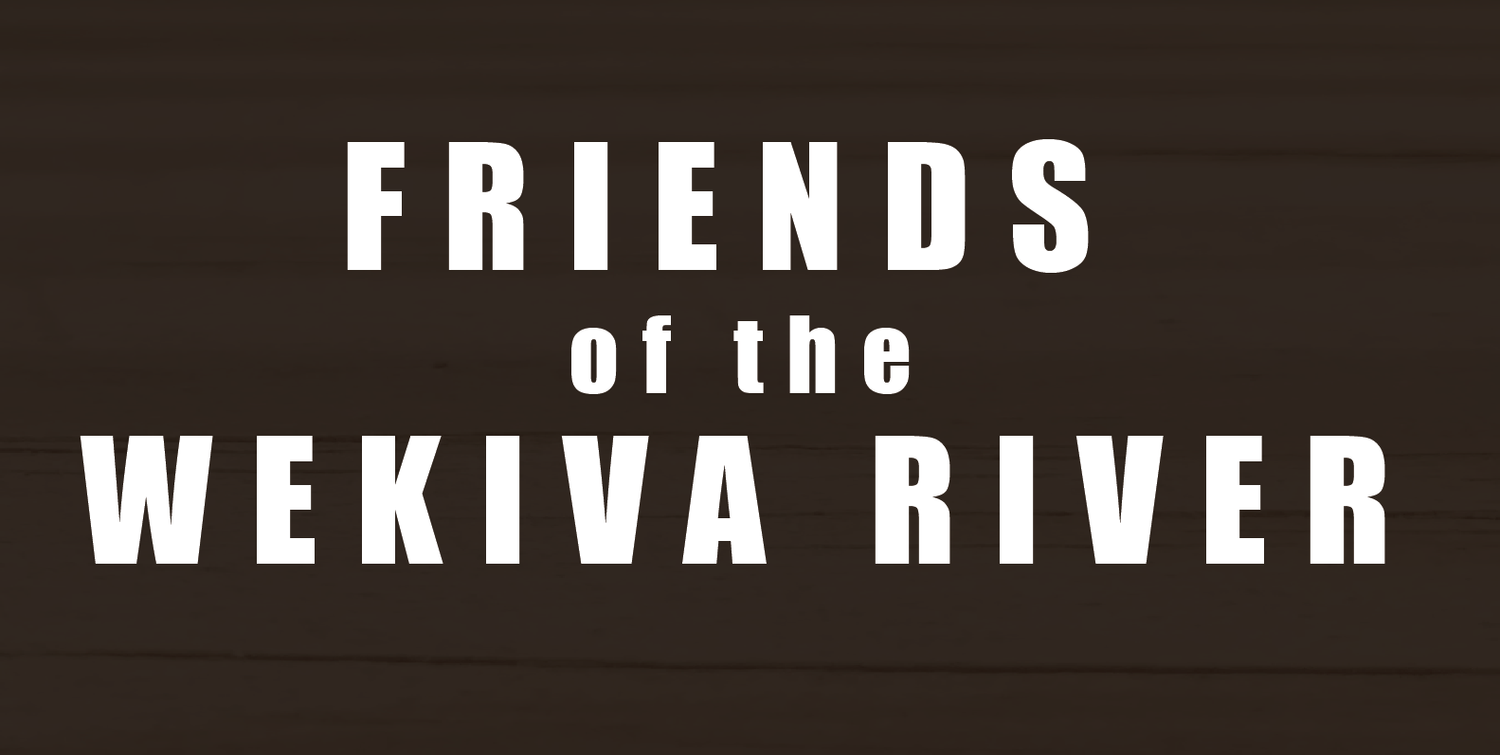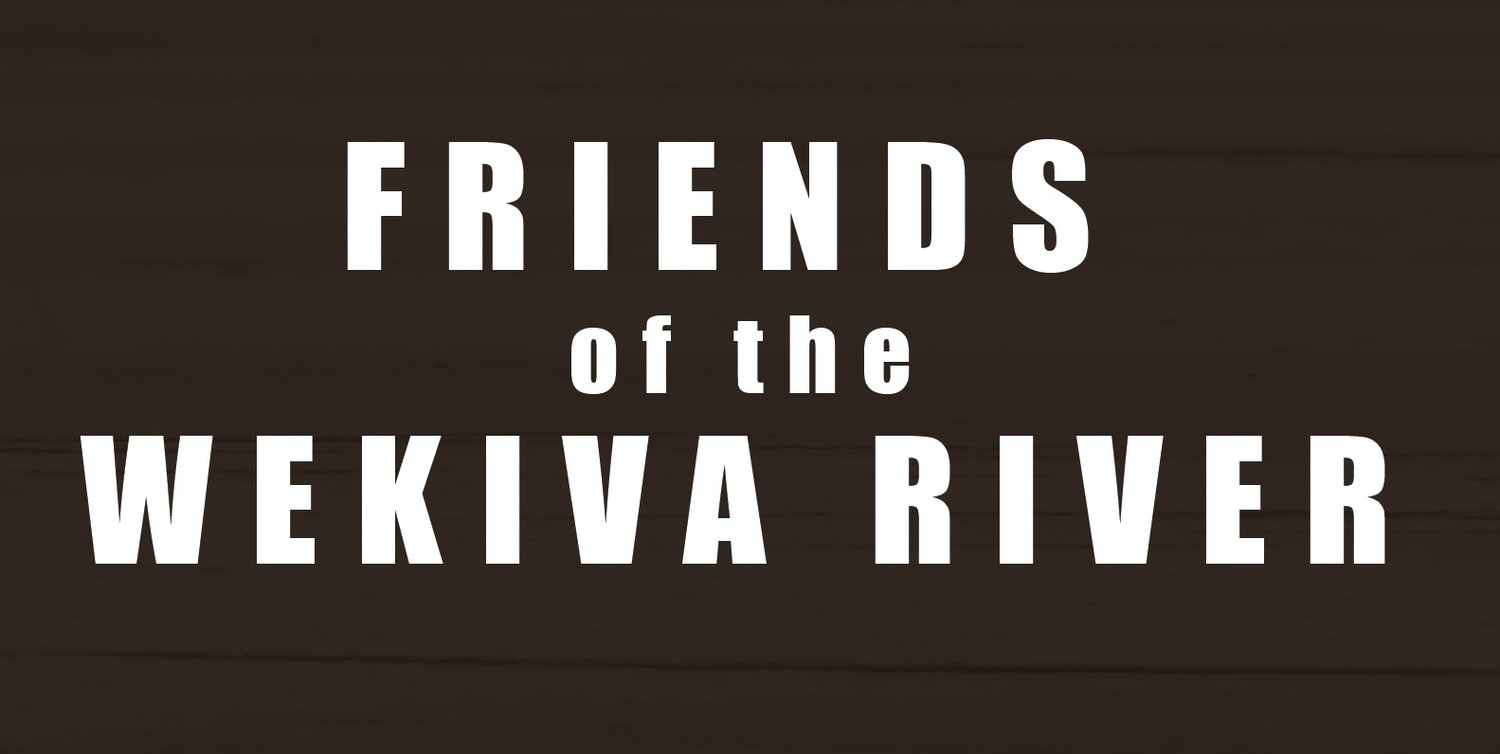Yes Irene, there is a fall season in Florida
Every year, my wife, Irene and I debate whether there is actually a fall season in Florida or whether it is mythical or a delusional state that I solely enjoy. Here in late October we are finally enjoying a break in temperature, and a slow-down in thundershowers and rainy afternoons that accompany summer weather patterns. However, for some people, cooling down to a daytime high of only 86 does not constitute a fall season. So, I have compiled a list of changes that are occurring that I hope will be a compelling argument for the wonderful nuances of fall in central Florida. For example:
Deer are in rut. Bucks’ antlers have grown to their maximum length and their necks have swollen to support the additional weight and provide strength during antler-first wrestling matches. In the Wekiva basin, I have observed trees girdled by deer rubbing the “velvet” off their antlers, scrapes in the soil for marking territories and bucks following does like a car in tow.
Bears are in hyperphagia. This is the time of year in which bears feed almost continuously, and their huge and rotund bodies reflect that behavior. I have seen an increasing number of bears on my remote camera, and personally observed several more. The hyperphagia stage is a fall phenomenon, coincident with the ripening of fruits and nuts from various plants favored by bears. This is also a time in which the number of nuisance bear calls to the Florida Fish and Wildlife Conservation Commission rises dramatically across the state, and in the Wekiva basin in particular.
Snakes are on the move. This is correlated with temperatures that allow poikilotherms or cold blooded animals the comfort of moving during much of the day with temperatures in their ideal range. I’ve seen lots of live snakes, and quite a few dead ones on the road. These have included banded watersnake, brown water snake, garter snake, ribbon snake, scarlet kingsnake, yellow rat snake and black racer. In some circumstances, snakes can make their way into the home depending on the location, if this does come about then it is very important to contact the professionals to get this sorted immediately. Speaking to pest control experts in GA, FL, MA, or wherever you are based, will get this stopped in its tracks so your home is not infested with snakes that have the potential to multiply.
Fall flowers are at their peak. Dozens of species of plants respond to decreasing day length and flower in early fall. During a recent trip to the sandhill and flatwoods communities of Wekiwa Springs State Park, I reveled in the spectacular colors in the areas that the park has managed so well with frequent fire. Plants that were abundant in resplendent whites, yellows, reds and purples included: summer farewell (Dalea), goldenrod (Solidago), blazingstar (Liatris), dog fennel (Eupatorium), foxglove (Agalinis), goldenaster (Chrysopsis), false goldenrod (Euthamia), elephantsfoot (Elephantopus), partridge pea (Chamaecrista), vanillaleaf (Carphephorus) and dozens of others. If you miss them this year, mark your calendars for next October and don’t miss the show.
Fall grasses are proliferating and creating golden hues across the natural landscape. On recent hikes in several of the parks in the Wekiva basin, I observed and photographed an incredible diversity of grasses (family Poaceae) laden with seeds. Plants in this family produce billions of primarily wind-disseminated seeds in the hopes of germinating a few progeny. Abundant, colorful grasses with prolific seeds in the basin included Indiangrass (Sorghastrum), threeawn (Aristida), lovegrass (Eragrostis), witchgrass (Dicanthelium), woodoats (Chasmanthium) bluestem (Andropogon), blue maidencane (Amphicarpum) and foxtail (Setaria).
Mast-producing trees and shrubs are laden with fruit. Most people think about oak trees and acorns as the predominate mast (nut), and this is certainly their time to flourish. I have seen laurel oak and water oak particularly flush with acorns this season. Several other species of trees in the Wekiva Basin produce an extensive crop of seeds used by wildlife. Those that currently have abundant fruit include hickory of a couple of species, pines of several species, blackgum, green ash, red maple, shrubs such as swamp dogwood and wax myrtle and vines including Virginia creeper and poison ivy.
Migrating birds have arrived. The sheer number of birds that arrive in Florida every fall is remarkable, and, more and more, an economic boon as birdwatchers also migrate to the state in the fall and winter. The appearance of migratory birds is clear evidence that the season have changed. On the other hand, others might argue that this is evidence that the season has changed in the places where the birds have left, rather than confirming a fall season in Florida. Nevertheless, I have been somewhat casually documenting the occurrence of migrating birds over the past few weeks.
American redstarts are typically first on the scene, and I saw my first of these frenetic, beautiful warblers on September 20. Since then, an almost daily barrage of new species has ensued in the basin near my house. In addition to redstarts, my list of migratory warblers that arrived between September 20 and October 20 includes: prairie, yellow-throated, black and white, black-throated blue, common yellowthroat, pine, palm and northern waterthrush. Paddling the Little Wekiva and Wekiva Rivers in early October, two other migrants, the eastern phoebe and gray catbird seemed to be strategically positioned about every 100 yards throughout the riverine habitat – we likely encountered dozens of these two species during an 8-mile float. These species and many others are bearing down on Florida to either spend the winter or stopover before heading farther south. [As a side note – if you are interested in participating in the Audubon Christmas Bird Count in the Wekiva Basin, tentatively scheduled for December 19th, please let me know.]
Finally, and somewhat apologetically, there are fall colors in the senescing leaves of deciduous plants. I have seen colorful red maples, bald cypress and blackgum trees, along with extremely colorful cinnamon ferns, winged sumac, and poison ivy. Sure, these don’t compare with fall colors of the Blue Ridge Parkway or a yellow-saturated, aspen hillside, but our fall colors, along with the other evidence documented above demonstrate that there is indeed a fall season in Florida. That’s my story and I’m sticking to it.
I appreciate your interest in the ecology of the Wekiva basin. Hike through, dive in or paddle along, and let me know what you find.
Jay H. Exum, Ph.D.

